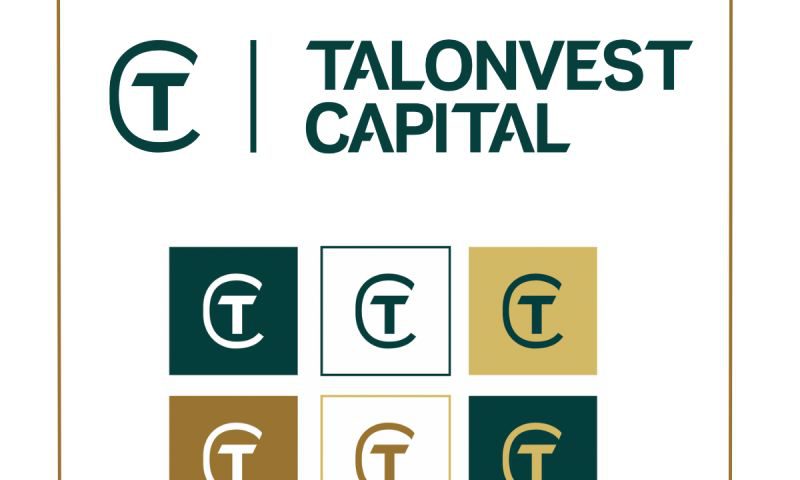Over the last couple of months, top executives and self storage owners from around the country gathered in Orlando for the SSA Spring meeting and in Las Vegas at the ISS Spring tradeshow to discuss industry trends, investor sentiment and overall market conditions. The consensus is that the industry continues to be cautiously optimistic about performance in 2022 and rising interest rates are on the front of everyone’s mind. We saw the 10-year treasury continue to rise the last couple of weeks with market volatility continuing to gain momentum. Meanwhile, self storage operating fundamentals seem to be strong and an abundant amount of capital continues to flow into the space.
For the first time in over ten years, we are hearing that the continuing rise in valuations may be in question and some savvy buyers are reevaluating their underwriting. This is largely due to concerns over the volatility in the debt and equity markets and the impacts this will have on values if interest rates continue to rise rapidly. Self storage continues to be well-positioned to weather rising interest rates and inflation as the business model of month-to-month leases, business-to-consumer metrics and larger than normal operating margins have positioned the industry to continue to provide better than market returns. However, for the first time in more than a decade we are hearing whispers of softening valuations triggered by the volatility in the debt markets; the spread between the 10-year treasury and self storage cap rates is as narrow as it has been in more than 20 years.
The narrowing of the spread between cap rates and interest rates should be concerning as the last time we saw the spread this narrow was in 2006 before the great financial crisis and valuation reset. Each real estate cycle is different and several factors come into play, but we should all understand that the spread between interest rates and cap rates is showing signs that this cycle is growing a bit long in the tooth.
The majority of offers (if not all offers) we receive today are all cash and do not have a financing contingency. However, most buyers, including the self storage REITS have some form of financing that plays a role in market valuations. In order to help our clients best navigate the choppy debt markets, we have started to tier the buyer pool in order to help best frame each buyer and show how they will underwrite/value each property. The tier system has also allowed us to best assess the risk associated with each buyer and advise our clients appropriately.
Below, I’ve outlined the four major buyer groups in the market today and how we are evaluating each offer for our clients.
- Institutional/Self Operator – REITs or Core Private Equity groups: With access to very low-cost capital/debt, these groups are using in-place credit facilities to make acquisitions, then placing permanent debt after closing or just buying the properties all cash. These groups have significant scale, are very low leverage borrowers and can move quickly to close after going under contract (30-45 days). They have internal profit centers due to self-managing and can stretch to make aggressive valuations work.
- Institutional/Third Party Management – Private Equity groups: With access to low-cost capital/debt, these groups are using in-place credit facilities to make acquisitions, then putting in place permanent debt after closing or paying all cash. They rely on third party management for operational expertise and scale. Some groups have gained preferential third-party management treatment if they bring enough assets into the relationship with their third-party manager. Depending on where they are in their capital allocation cycle and current year acquisitions goals, these groups can be very aggressive.
- Private/Self Operator: These groups use private capital or syndications to fund acquisitions and typically get their debt from traditional banks, CMBS, life co, credit unions, etc. Although the cost of their debt will exceed institutional groups’, their equity may be less sophisticated and significantly cheaper with a sponsor-friendly structure, thus providing an opportunity to compete due to having an advantage on the equity cost of capital. In addition, since they self-manage, they have levers on the operational side they can pull to their advantage to stretch and make a deal. Most importantly, deal sponsors are paid on putting capital to work and are incentivized to grow quickly.
- Private/Third Party Management: These groups use private capital to fund acquisitions and typically get their debt from traditional banks, CMBS, life co, credit unions, etc. Although the cost of their debt will exceed institutional groups’, their equity may be less sophisticated and significantly cheaper with a sponsor-friendly structure, thus providing an opportunity to compete due to having an advantage on the equity cost of capital. They rely on third party management companies for operational expertise and scale.
Rising interest rates and volatile debt markets affect each buyer tier differently and it is very important that owners understand the risks associated with each buyer. The financing market is undoubtedly the biggest wild card in today’s investment market. After more than a decade of historically low interest rates, responsibly aggressive underwriting and abundance of new equity in the space, one might think we are in for a slow down due to the choppy debt markets. However, for the time being we are continuing to see very active, aggressive and deep bid sheets across the board.
The increase in industry awareness has led to higher usership and more stable and resilient market fundamentals. This, along with the superior business model as mentioned above, will continue to fuel the self storage investments in these inflationary times. But make no qualms about it, as the debt/financing market goes, so goes the self storage market.
Ben Vestal
Argus Self Storage Advisors
303.3176469
BVestal@Argus-RealEstate.com





